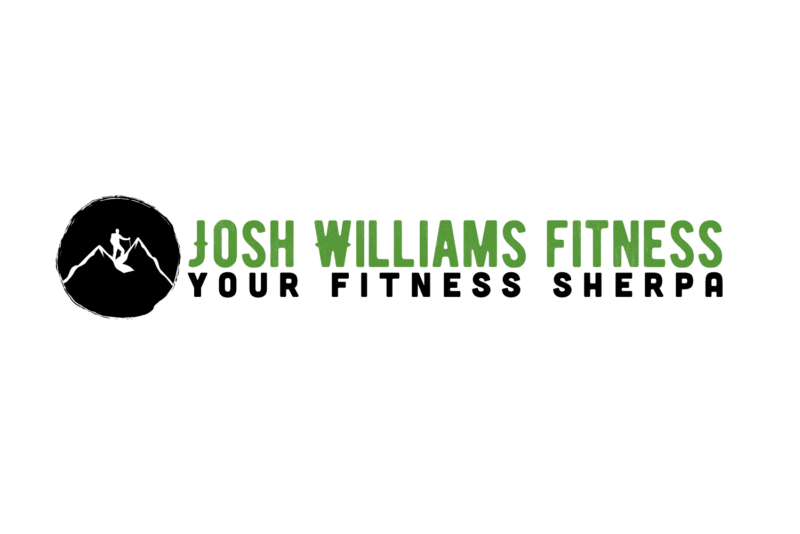
This statement “intent determines outcome” has many flows in it; I am aware of that. For example, we have all had conversations that we intended to come across as kind and fell flat to the person we spoke to. For me, I have intended to wake up and go for a run the past five weekends but have not.
Really what we are looking at is Intent + Action + Execution = something in the ballpark of what we were hoping the outcome to be.
Anyway, intent determines the outcome in an ideal world. The same is true in the gym.
We use exercises to accomplish many goals. Let’s take the Sled Push, for example.
If my goal for a client is conditioning, we would load the sled with about 10-25% of someone’s body weight and have the client push for 30 seconds to a minute and a half. Their pace of moving the sled would be moderate.
We could take the same sled with the same weight and tell the client I want you to push the sled for 40 yards as fast as possible, same sled, same weight, different outcome. So now we are working on speed and power.
We could take the same 40-yard distance and, say, put 1.5x your body weight on the sled, and now you are working strength and muscle endurance.
Each outcome takes a slightly different mental shift on the client’s end. Sticking with the same examples from above. For conditioning, my mindset is to find a good pace I can stick with for the allotted amount of time; for power, I am going to drive the sled as fast as I can; for strength, I want to keep the sled moving but should feel as if I am pushing a car up a hill.
Knowing the intent of the exercise plays a role in knowing what to modify an exercise too, sticking with the sled example. If I can’t sled push and my intent is conditioning, I would want to swap for an exercise like the bike or exercises I could do for longer than a minute. If my intent is speed and power, a Kettlebell Swing or a Med Ball Squat to Chest Pass is a good option, picking exercises that match the speed and resistance of the moment. For strength, Step-Ups, picking exercises that are heavy loaded single-leg movements.
It is important to know the intent behind an exercise to maximize your chances of producing the desired outcome.
Your Fitness Sherpa,
Josh









